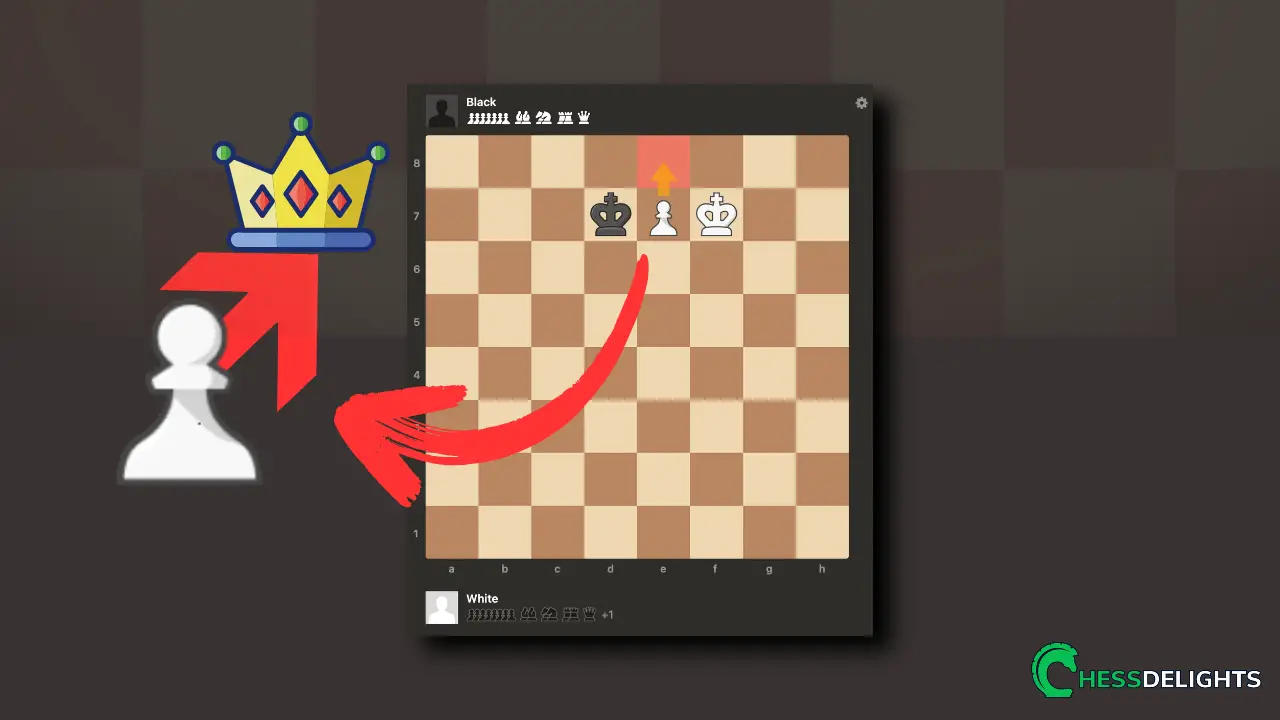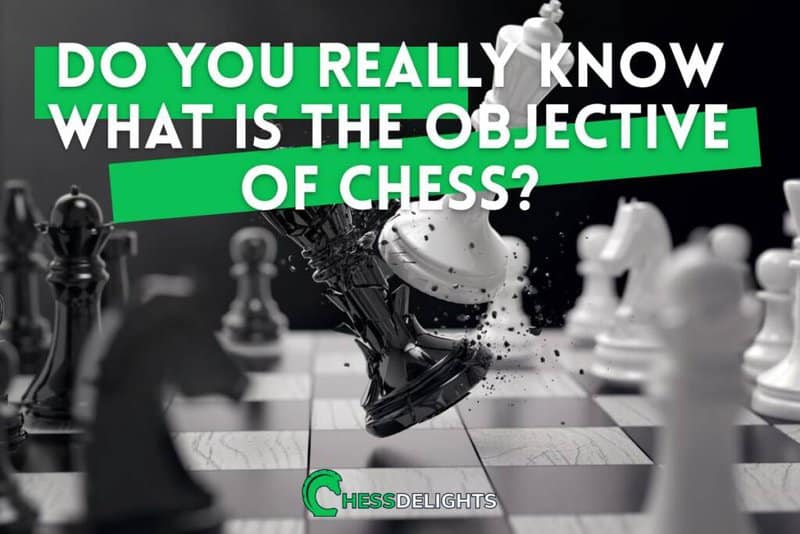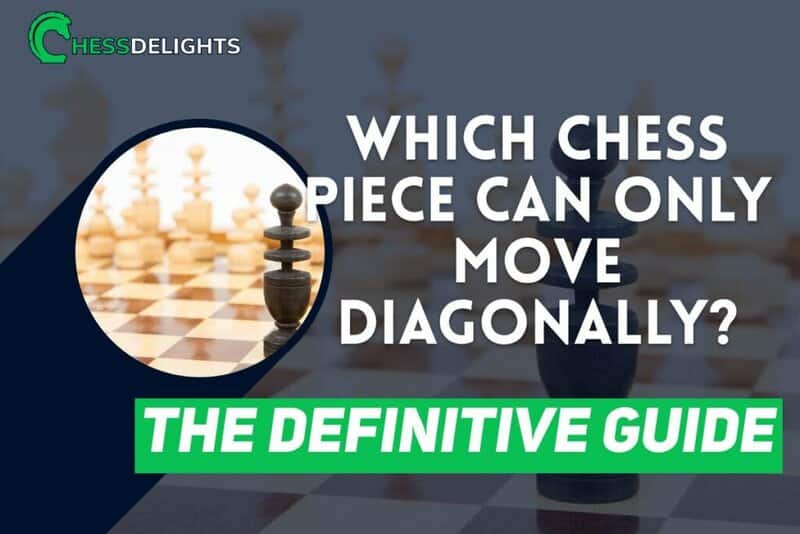Chess pawn promotion is one of the best strategies you need to learn and keep in mind when it comes to endgames.
When you have a pawn that is about to be promoted, your chances of winning the game can be significantly increased. I have personally experienced this multiple times, and it allows you to win almost instantly once your pawn is promoted.
So, what is pawn promotion? When a pawn reaches the opposite end of the board, it can be immediately promoted into a more powerful chess piece, like a queen, rook, bishop, or knight. The chess piece does not have to be one that was previously captured.
The most important thing is that you need to make sure you follow specific rules and strategies to avoid making any mistakes.
Table of Contents
[snippet]
Chess Pawn Promotion Rules
Yes, pawn promotion is a real rule in chess. It allows a pawn to be promoted to a more powerful piece (usually a queen, rook, bishop, or knight) when it reaches the opposite side of the chessboard.
In chess, the pawn promotion rule states that when a pawn reaches the opposite end of the board (the eighth rank for white or the first rank for black), it can be promoted to any other piece except a king.
The player can choose to promote the pawn to a queen, rook, bishop, or knight.
The choice of promotion is not limited to a piece that has been captured earlier in the game.
[/snippet]
To promote a pawn in chess, the following rules apply:
- The pawn must reach the eighth rank of the chessboard (the opponent's first rank) to be eligible for promotion.
- When a pawn reaches the eighth rank, it can be promoted to any other piece except a king. This includes promoting it to a second queen.
- Once promoted, the pawn no longer exists on the board, and the promoted piece is placed on the promoted square.
Recommended reading: If you want to read more about pawn rules, check out this guide for complete rules in chess for pawns.
History Of Pawn Promotion
Since pawns only move forward, the question arose as to what would happen if a pawn reached the other side of the board.
Many rules have been adapted and changed over time when it comes to pawn promotion, but when discussing the history of pawn promotion, it is important to note the influence of an ancient board game called Chaturanga, which originated in India.
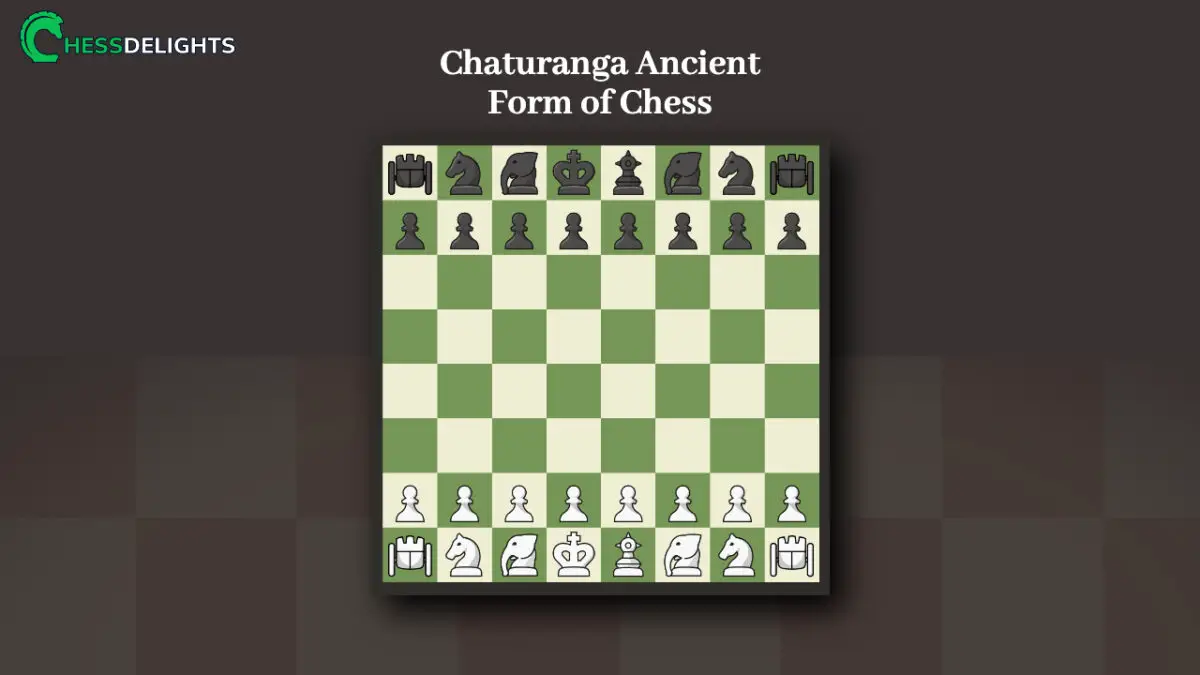
Chaturanga is played on an 8×8 grid and involves two players strategically moving their pieces to capture the opponent's king.
This game has evolved and played a significant role in shaping the development of modern chess.
In Chaturanga, there is a rule stating that a piece gets promoted once it reaches the last rank of the board. This particular rule influenced the concept and history of pawn promotion in chess.
Different countries had different rules for pawn promotion in the past.
- Various rules existed, such as pawns only being able to get promoted depending on the square they landed on. For example, if a pawn landed on a rook square, it could only be promoted to a rook, and if it landed on a knight's square, it could only be promoted to a knight.
- Other rules include that once a pawn reaches the last rank, it must return to its starting square.
- Another rule is that pawns can only promote to a piece that was captured the earliest.
Many rules have changed for chess pawn promotion, but eventually we ended up with our current rules, which work well for modern chess.
Here is a brief overview of the evolution of pawn promotion:
- Origin: In the early versions of chess, pawns could only move forward one square at a time. There was no provision for pawn promotion, as pawns were limited in their movement and could not reach the final rank.
- Modern Chess: With the introduction of modern chess rules, including the double-step initial pawn move and en passant capture, pawn promotion became possible. When a pawn reaches the eighth rank (opponent's first rank), it can be promoted to any other piece (except a king) of the player's choice.
- Early Promotion Rules: Initially, pawn promotion was limited to promoting a pawn to a piece that had been captured earlier in the game. For example, if a player had captured an opponent's knight, they could promote a pawn to a knight. This rule was later changed to allow promotion to any piece.
- Queen Promotion: Over time, it became clear that promoting a pawn to a queen was usually the most advantageous choice. The queen is the most powerful piece on the board, and promoting a pawn to a queen greatly enhances a player's attacking capabilities.
Useful External Resource: If you want to read more about the history of pawn promotions, check out this article from new.uschess.org about the evolution of pawn promotions.
Strategies In Promoting Pawns
Pawn promotion strategies are crucial in chess, as promoting a pawn to a higher-value chess piece can significantly impact the game.
I took parts of my study guide from pawn endgames to list the most important pawn promotion strategies that beginners and intermediate players need to know.
Understanding when and how to promote a pawn can often lead to a decisive advantage or even victory.
Here are pawn promotion strategies for beginners and intermediate players:
- Pawn-Square Rule: It's a strategy that is used to determine if you can capture or stop a pawn just in time before it reaches the promoting square.
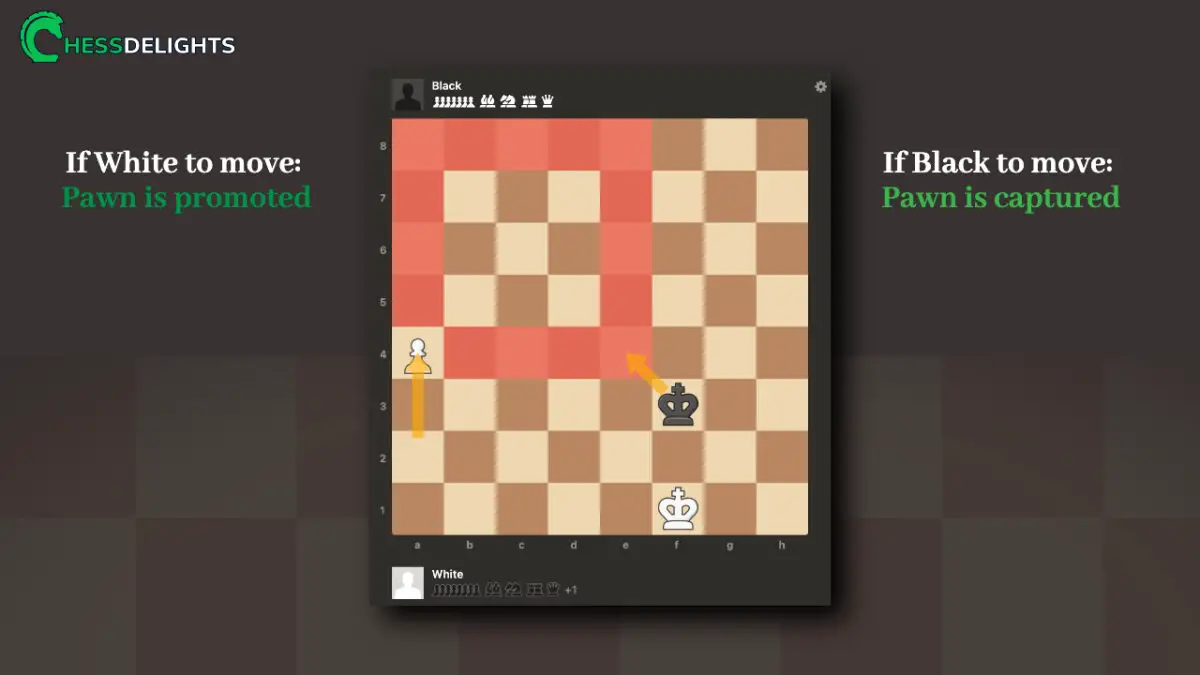
The rule is simple: Count the moves of the pawn to get promoted and create a square.If your king can get inside the square, you can capture the pawn.
This strategy can help you make the best move and avoid losing a game due to being unable to capture a pawn that is about to be promoted.
Here is an example from an actual game, try to identify the pawn promotion strategy:
2. Centralize the King: It's crucial to bring your king to the center of the board to support your pawns and restrict your opponent's king.
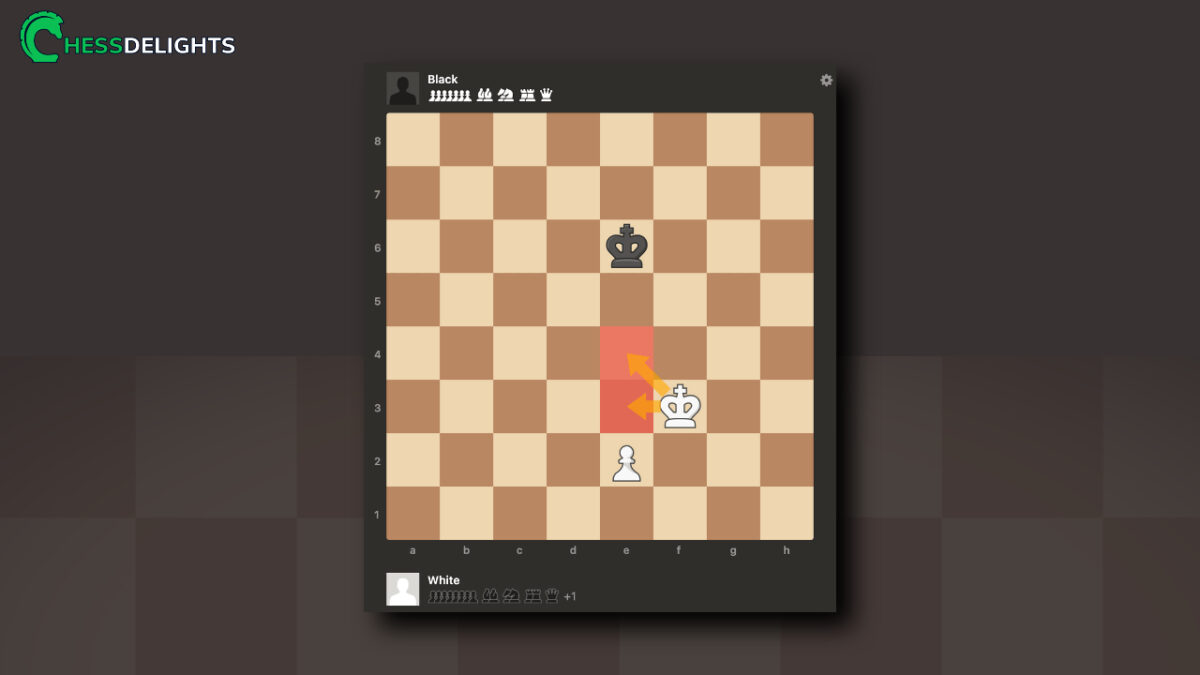
This strategy is important because it allows the king to support the pawn's advance while also being in a position to defend against potential counterplay from the opponent.
This helps secure the promotion and ensure the success of the endgame.
Here is an example from an actual game, try to identify the pawn promotion strategy:
3. Advance Your King: Use your king to help your pawns advance and create passed pawns.
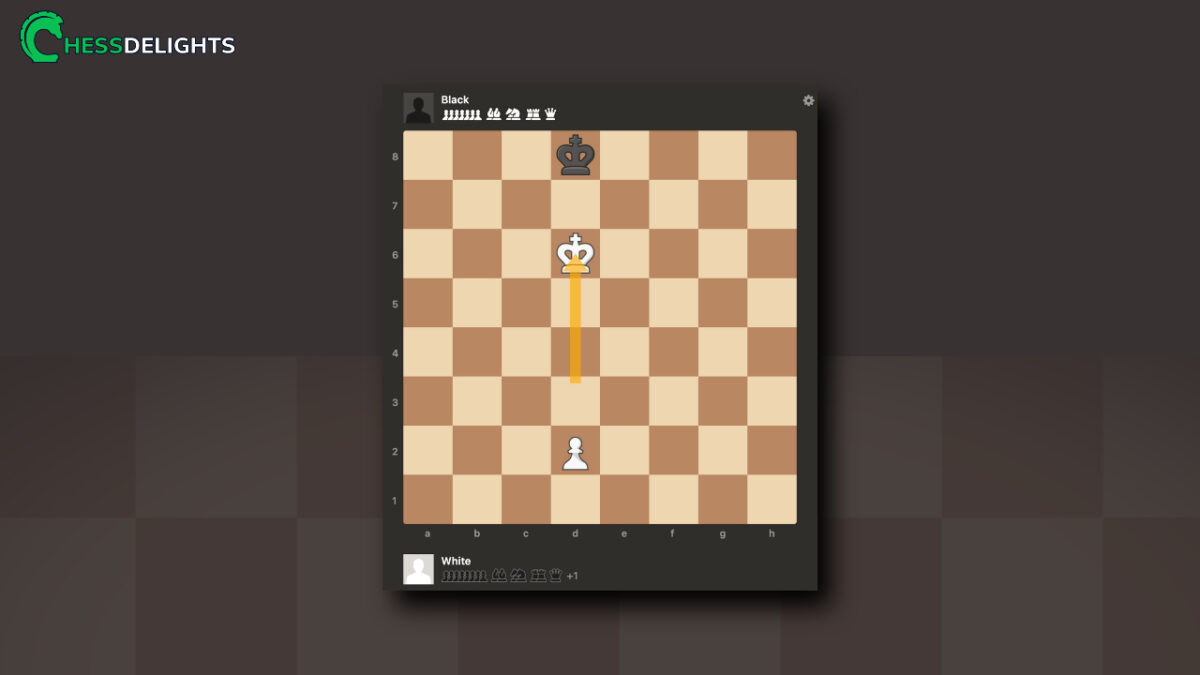
This strategy helps secure the promotion square, create a stronger position, and provide additional support for the promotion of the pawn.
Here is an example from an actual game, try to identify the pawn promotion strategy:
4. Creating Passed Pawns: Try to create passed pawns by advancing your pawns and controlling key squares, making it difficult for your opponent to block their advance.
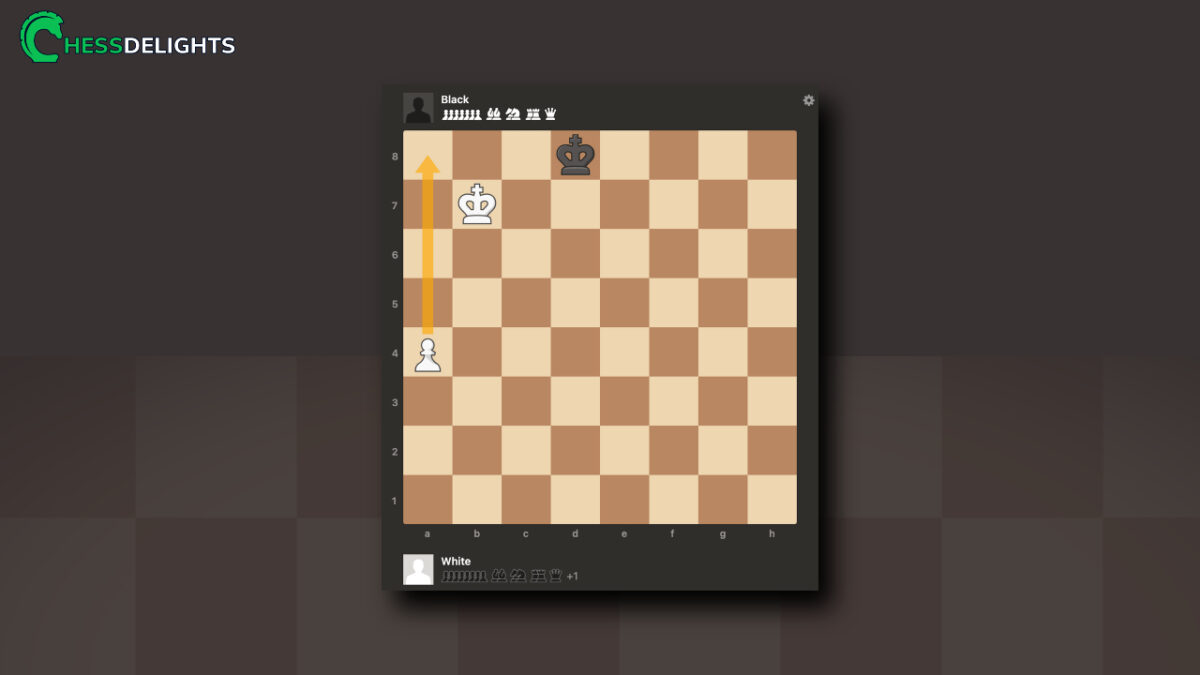
This strategy is highly advantageous and problematic for your opponent. The presence of a passed pawn can result in a win due to its potential to promote into a more powerful chess piece.
Here is an example from an actual game, try to identify the pawn promotion strategy:
5. Understanding Opposition: Learn about the concept of opposition, where you position your king directly in front of your opponent's king to gain an advantage and advance your pawns.
This is a useful strategy that can assist you in winning a game and is highly beneficial for gaining an advantage in promoting pawns.
Acquiring knowledge about the power of opposition is an exceptional chess skill to develop.
Here is an example from an actual game, try to identify the pawn promotion strategy:
6. Zugzwang: Recognize the concept of zugzwang, where any move will worsen your opponent's position, forcing them to make a disadvantageous move.
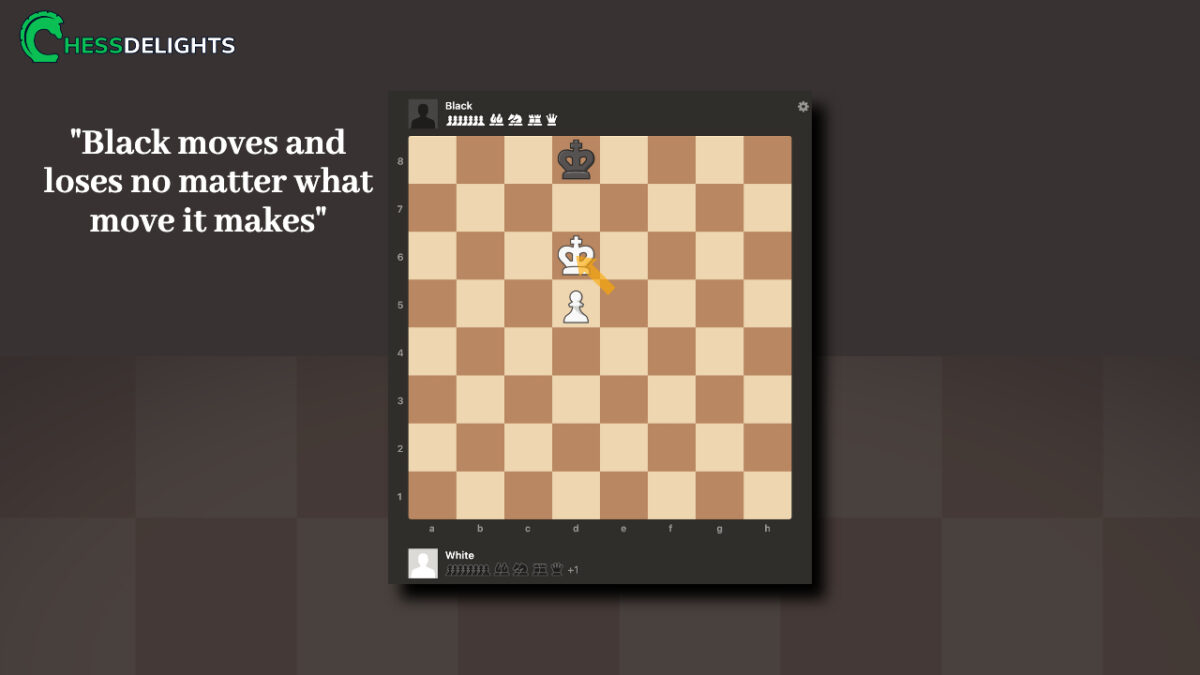
This strategy is going to be very useful, especially in pawn endgames where you are trying to promote your pawn.
Here is an example from an actual game, try to identify the pawn promotion strategy:
7. Calculating Pawn Races: Develop the ability to calculate pawn races accurately, determining which pawn can promote first and making decisions based on those calculations.
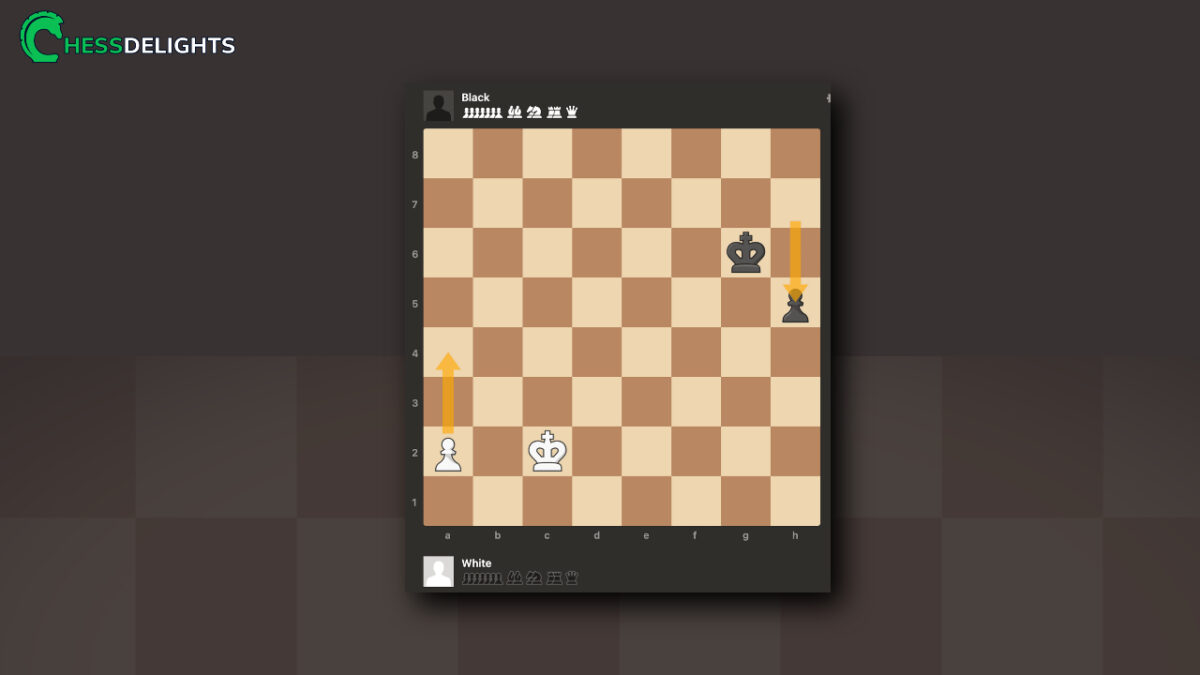
Calculating pawn races is a crucial skill when both you and your opponent possess passed pawns and you wish to determine who will promote first.
Here is an example from an actual game, try to identify the pawn promotion strategy:
I suggest learning these strategies, especially for beginners and intermediate players, to improve your chances of winning in pawn endgames and successfully promoting their pawns.
Two Important Pawn Promotions You Need To Know
Queening Promotion
Queening promotion is a term used in chess to describe the promotion of a pawn to a queen when it reaches the opposite end of the chessboard. It is considered the most powerful and valuable promotion because the queen is the most versatile and powerful piece on the board.
Queening promotion is important because it can significantly change the dynamics of the game. By promoting a pawn to a queen, a player gains a powerful piece that can move horizontally, vertically, and diagonally across the board.
This allows for increased attacking and defensive capabilities, giving the player more options and opportunities to control the game.
The ability to promote a pawn to a queen also adds an element of strategy and anticipation to the game. Players often plan their moves with the intention of reaching queening promotion, as it can provide a decisive advantage in the later stages of the game.
Recommended reading: If you want to read about why queen is considered the most powerful chess piece, check out this article about why is the queen so powerful in chess
Underpromotion
Underpromotion is a chess tactic where a pawn is promoted to a piece other than a queen, typically a knight, bishop, or rook.
It is important in chess because underpromotion can lead to unexpected and creative moves that can surprise the opponent and potentially change the course of the game.
By promoting a pawn to a knight, bishop, or rook, players can introduce new threats, create additional attacking possibilities, or even set up checkmate positions.
Underpromotion is often used in situations where promoting to a queen would result in a stalemate or a disadvantageous position.
Underpromotion Tactics And Strategies
Underpromotion proves to be a valuable tactic in chess. I have utilized it in a previous online game to evade stalemates and execute a double attack with a knight. I'd like to share some tactics and strategies on when and how you should use it.
Here are some tactics and strategies for using underpromotion effectively:
- Surprise Attack: Underpromoting a pawn to a knight or bishop can catch your opponent off guard. It may create unexpected threats, as the new piece can have unique movement patterns that your opponent may not anticipate.
- Tactical Maneuvers: Underpromotion can be used to unleash powerful tactical combinations. For example, promoting a pawn to a knight can often lead to fork or skewer opportunities, where the new knight attacks multiple pieces simultaneously.
- Defense and Solidity: Underpromoting your pawn to a bishop can enhance the defensive capabilities of your position. A promoted bishop can control important diagonals, safeguard against potential threats, and reinforce your pawn structure.
- Positional Advantage: Underpromotion can also be used strategically to improve your position. Promoting a pawn to a knight or bishop can help you gain control over key squares, open up lines for your other pieces, or create imbalances in the position.
Underpromotion should be used carefully, considering the specific needs of the position and the overall game plan. It is important to assess the potential benefits and drawbacks before making such a decision.
Pawn Promotion Notation
The official way to indicate a pawn promotion, according to FIDE, is to use the notation for the pawn move and add the piece the pawn was promoted to at the end.
So, if a pawn on the c-file promotes to a queen, the FIDE notation would be c8Q. Similarly, if a pawn on the h-file captures another piece on the g-file and promotes to a queen, it would be written as hxg8Q.
It should be noted that, in some cases, promotions can be recorded slightly differently. The use of an equal sign or parentheses, such as c8=Q or c8(Q), respectively, is sometimes used to indicate a promotion.
However, it's important to note that these formats are not officially accepted by FIDE.
Frequently Asked Questions
Can You Promote A Pawn To A Second Queen?
Yes, in chess, it is possible to promote a pawn to a second queen if your pawn reaches the opponent's back rank and you choose to promote it to a queen.
Recommended reading: If you want to read more about the rules for having a second queen, check out this article and learn if you can get more than one queen in chess.
Can A Pawn Be Promoted To Knight?
Yes, a pawn can be promoted to knight in chess, which in chess terms is referred to as underpromotion. When a pawn reaches the opposite end of the board, it can be promoted to any other piece, including a knight.
Is It Possible For You To Have Two Or More Bishops On The Same Square Colors?
Yes it is possible. Promoting pawns to bishops can result in having two or more bishops on the same square color.
How Do You Promote A Pawn On Chess.com?
If you're playing online chess, you can promote a pawn very easily. When you reach the opposite side of the board and move your pawn it will automatically show options to replace it with queen, knight, bishop or rook.
Recommended reading: If you want to learn more about chess.com and online playing check out our online chess guides.
If you have any questions or if you think we missed something on this guide – don't hesitate to contact us.
I hope you enjoyed this pawn promotion guide.
Enjoy playing and learning chess!
Essential Chess Resources: Let's take your learnings to the next level by checking out our recommended chess resources.

